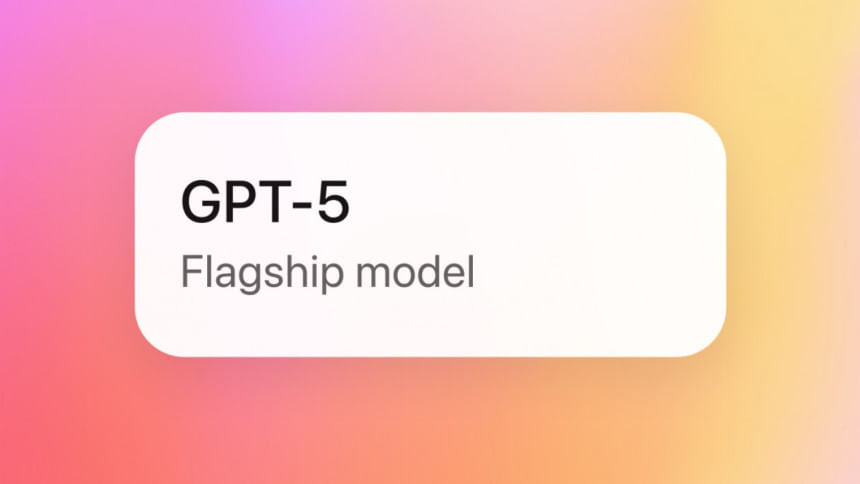OpenAI unveils GPT-5 with major upgrades in reasoning, writing and safety

OpenAI has announced the release of GPT-5, its most advanced artificial intelligence model to date, promising substantial gains in reasoning, accuracy and real-world utility. The system becomes the new default model for ChatGPT users, replacing earlier versions including GPT-4o and OpenAI o3.
The company describes GPT-5 as a "unified system" comprising a smart base model, a more powerful reasoning mode dubbed "GPT-5 thinking," and a real-time router that determines which component to use based on the task's complexity or user intent. This enables the system to shift between fast replies and deeper analysis automatically, or when users prompt it to "think hard" about a query.
Broader capabilities and improved performance
According to OpenAI, GPT-5 outperforms previous iterations in core areas such as writing, coding, health queries, and multimodal reasoning. It is also claimed to deliver faster responses with fewer factual errors and significantly reduced hallucination rates—particularly when using its higher reasoning mode.
In benchmark testing, GPT-5 demonstrated top-tier results:
- 94.6% on the AIME 2025 competition-level maths test
- 88% accuracy on Aider Polyglot for multi-language code editing
- 46.2% on the challenging HealthBench Hard evaluation
GPT-5 reportedly excels in building responsive apps and websites from single prompts when it comes to coding. OpenAI shared examples where the model created full games and interactive experiences, demonstrating design sensibility in layout and typography as well as functionality.
In creative tasks, GPT-5 is said to offer more nuanced writing support, including improvements in poetry, structural editing, and literary expression. When prompted to write an emotional poem, the model's version was noted for its vivid imagery and stronger emotional resolution compared to previous outputs.
A more helpful and reliable assistant
The model introduces several enhancements aimed at making interactions safer and more useful. These include:
- Reduced hallucinations: GPT-5's factual error rate is said to be 45% lower than GPT-4o, and up to 80% lower than OpenAI o3 when using the reasoning mode.
- Less sycophancy: OpenAI reports that GPT-5 is less likely to flatter or agree uncritically, addressing a longstanding issue with language models.
- Honest limitations: In tests involving impossible or underspecified tasks, GPT-5 more reliably recognises its own limits rather than providing misleading or overconfident responses.
In health contexts, GPT-5 is described as a better "thought partner", adapting to the user's level of knowledge and local context to provide safer and more personalised information. OpenAI emphasised, however, that GPT-5 does not replace medical professionals.
Pro version and customisation
The company also introduced GPT-5 Pro, a premium variant with extended reasoning capabilities designed for the most demanding tasks. Early testing shows it made 22% fewer major errors and was preferred over GPT-5 standard in nearly 68% of expert evaluations.
In addition, OpenAI is piloting four new personality presets—Cynic, Robot, Listener, and Nerd—designed to give users more control over the AI's tone and interaction style.
Rollout and access
GPT-5 begins rolling out today to ChatGPT Plus, Pro, and Team users, with Enterprise and education accounts gaining access next week. Free-tier users will also receive limited access, though usage limits apply. Once these are reached, responses will be handled by a lighter GPT-5 mini model.
The system was trained on Microsoft Azure supercomputers and incorporates multiple layers of safety protocols, particularly in sensitive domains like biology. OpenAI says it has taken a precautionary approach to capabilities in these areas, integrating monitoring systems and extensive red-teaming.

 For all latest news, follow The Daily Star's Google News channel.
For all latest news, follow The Daily Star's Google News channel. 



Comments